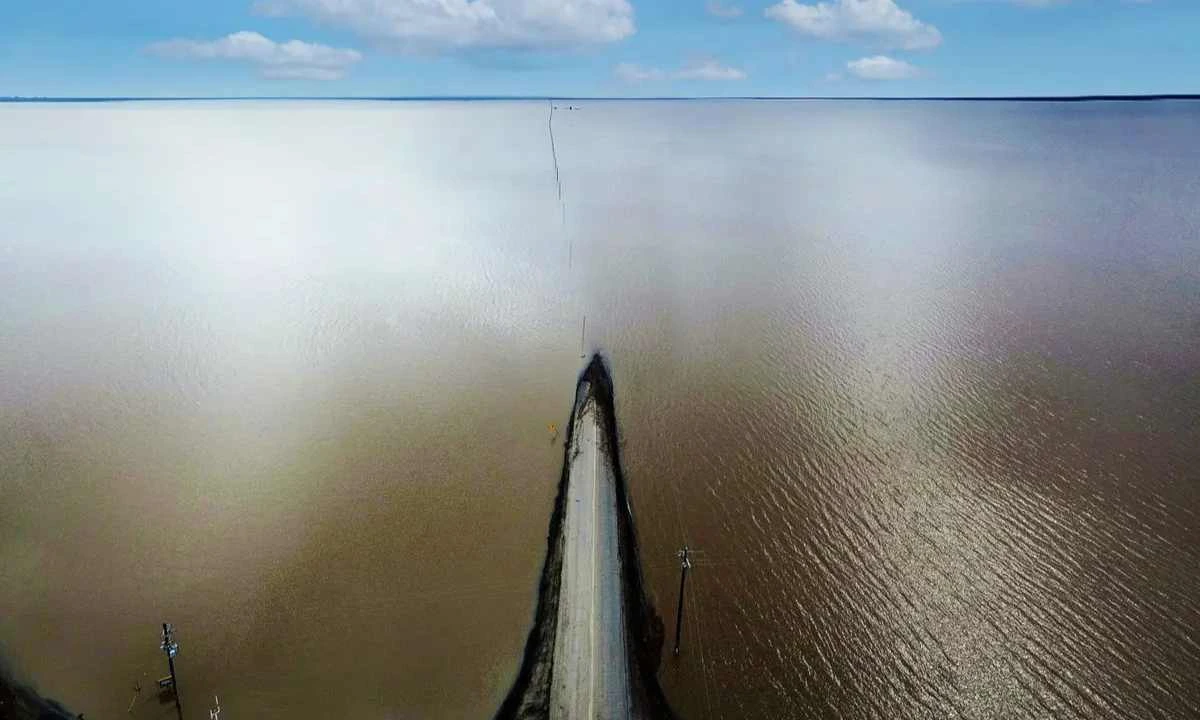California ‘Ghost Lake’ Reemerges After 130 Years, Drowning 94,000 Acres of Farmland!
For the first time in over a century, Tulare Lake, often referred to as California’s “ghost lake,” has returned. Located in the San Joaquin Valley, the lake reemerged in spring 2023, bringing both awe and alarm. This event was triggered by massive snowmelt and heavy winter storms from the Sierra Nevada. It overwhelmed the region’s water management systems. As a result, nearly 94,000 acres of fertile farmland were submerged. Let’s have a closer look.
Tulare Lake: A Look Back at History
Tulare Lake wasn’t always a ghost. Historically, it was the largest freshwater lake west of the Mississippi River. The lake spanned over 100 miles in length and 30 miles in width. It played a central role in the lives of the Tachi Yokut tribe, who called it “Pa’ashi.” For them, the lake was a source of sustenance and cultural significance.
At its peak, Tulare Lake was so expansive that steamships could travel from Bakersfield to Fresno and even to San Francisco, transporting agricultural supplies. Vivian Underhill, a researcher who has studied the lake, remarked, “It’s really difficult to imagine that now.”
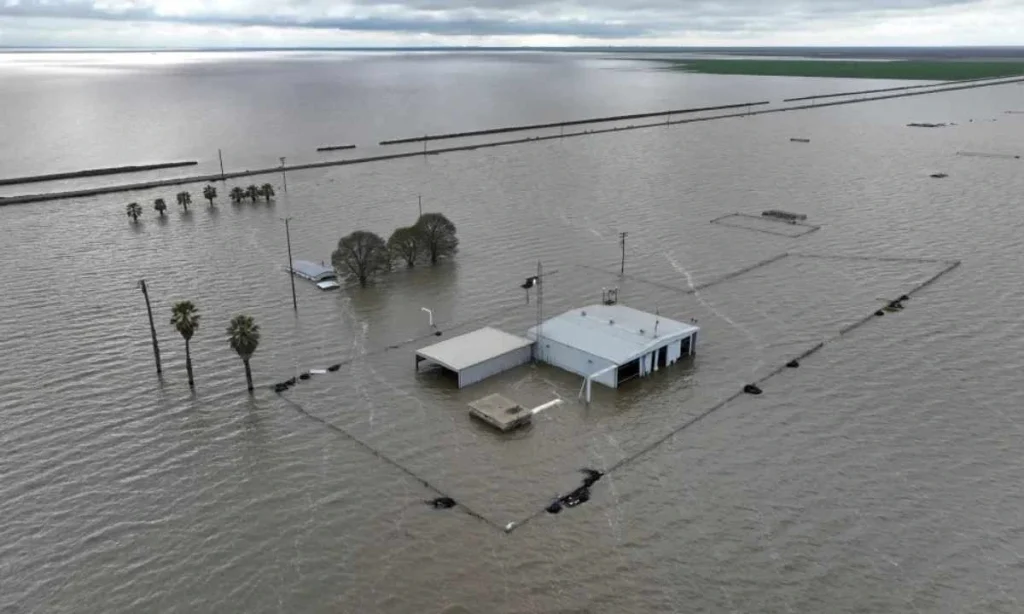
The Decline of Tulare Lake
In the late 19th century, the lake began to disappear as settlers drained it through a process known as reclamation. This was incentivized by land ownership laws that granted drained land to settlers. Hundreds of irrigation canals and basins were constructed, diverting water for agriculture.
By the early 1900s, Tulare Lake had dried up completely, creating vast farmland but displacing the Tachi Yokut tribe and devastating the local ecosystem. However, this isn’t the first time the lake has made a comeback. Since 1890, Tulare Lake has reemerged five times, typically after periods of extreme weather.
Nature’s Revival Amidst Destruction
Ecosystem Returns to Life
The reappearance of Tulare Lake has sparked a revival of local ecosystems. Ducks, egrets, and other waterfowl have returned to the lake’s shores after years of absence. Even frogs have started to make a home along its edges.
This unexpected biodiversity boost shows the potential long-term benefits of the lake’s presence. The return of water has brought life back to a valley that had long been dominated by agriculture.

Environmental Concerns
While the ecological revival is promising, there are significant environmental risks. Storage sheds submerged by the lake contain fertilizers, manure, and electrical wires, all of which pose a threat to the fragile ecosystem.
Farmers in the region face devastating economic losses as the fertile land they once relied on remains underwater. This tension between agricultural needs and ecological benefits has reignited discussions about balancing human activity with nature.
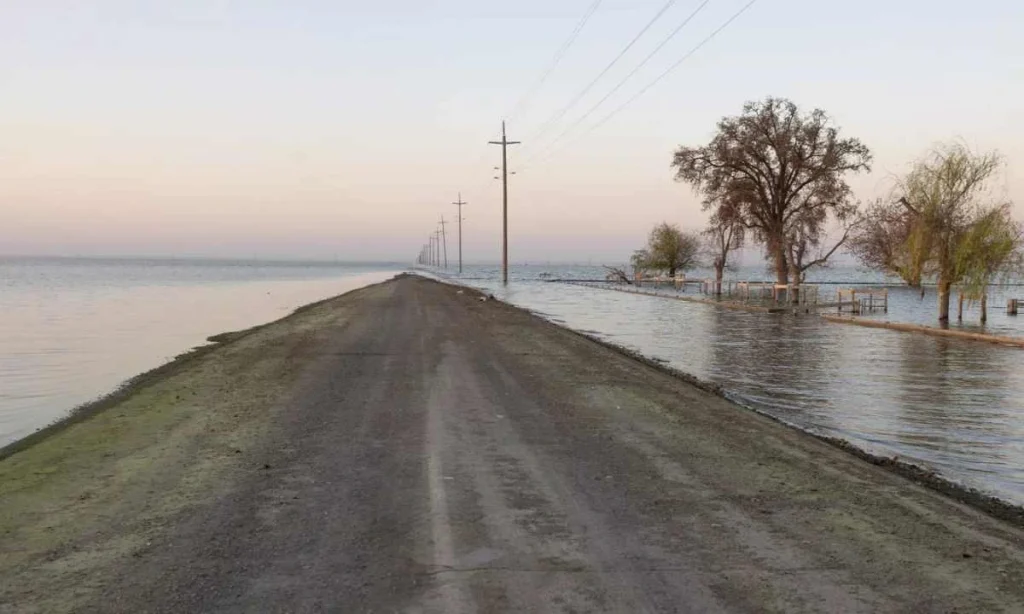
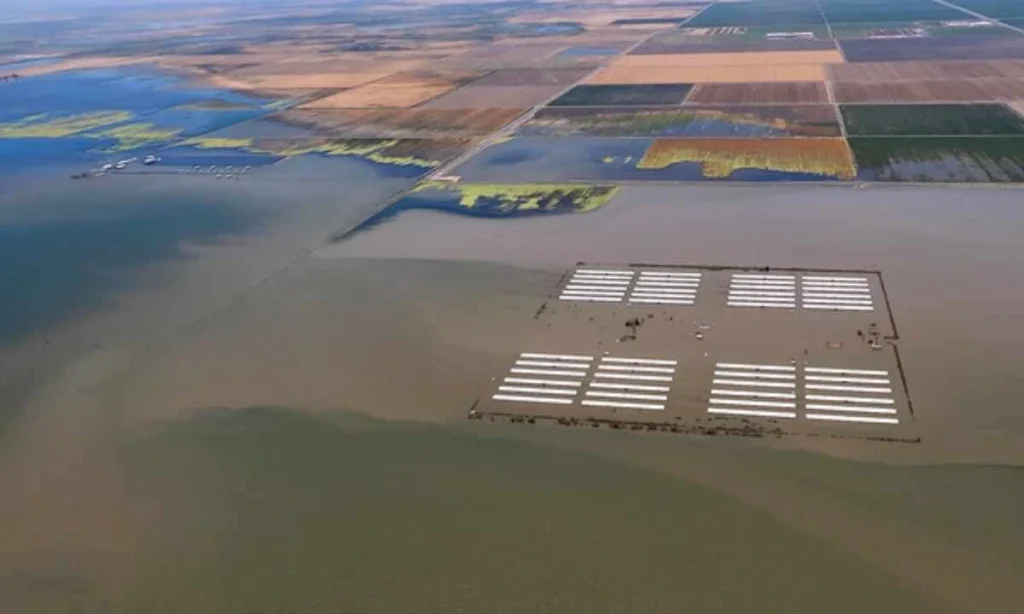
Human Intervention and Its Consequences
The Legacy of Reclamation
The reclamation of Tulare Lake set the stage for the valley’s transformation into an agricultural powerhouse. However, it also resulted in irreversible changes. The draining of the lake not only displaced the Tachi Yokut tribe but also introduced a cycle of flooding and draining that continues to affect the region.
Vivian Underhill explains, “If people could drain that land, they would be granted ownership of parts of that land. So there was a big incentive for white settlers to start doing that work.”
Today, local farmers grapple with the aftermath of the lake’s return, including economic challenges and damaged infrastructure. The flooding has raised questions about whether improved drainage systems or adaptive land-use strategies could prevent future disasters.
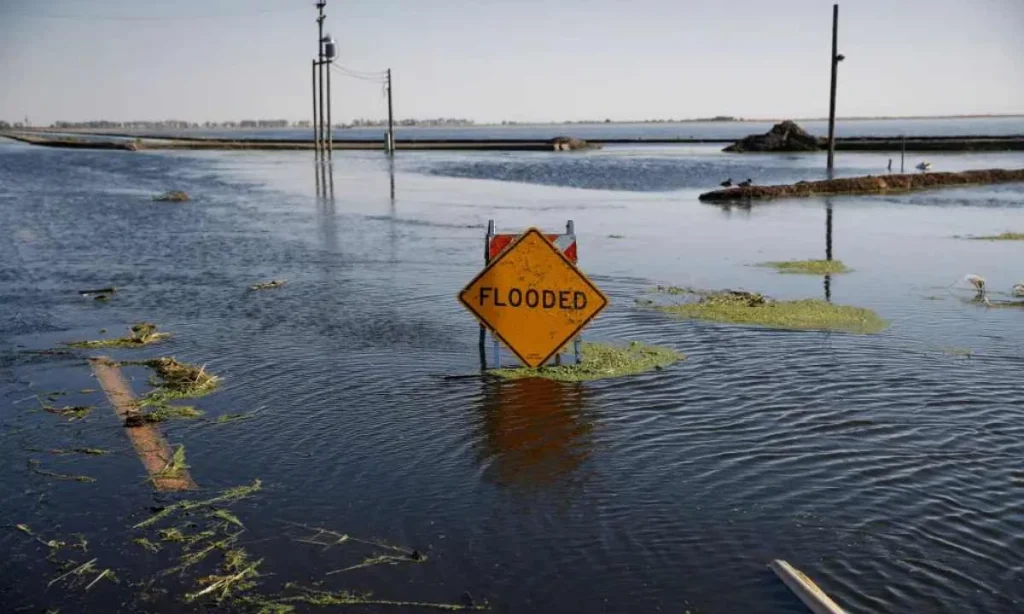
Conclusion
The reemergence of Tulare Lake is both a reminder of nature’s power and a lesson in the consequences of human intervention. While the lake’s return has brought life back to the valley, it has also caused widespread devastation.
Only time will tell if Tulare Lake will disappear again or remain a permanent feature in the San Joaquin Valley. Either way, its story serves as a compelling case study for those who seek to understand and protect the balance between nature and humanity.
Also read,

